Investment 101: Terms and summer reads to inspire a smashing 2019 Posted on December 13, 2018

Here is a top-level guide to investment terms that may be useful. If you’re aware of the terms, are you aware of how they translate
into numbers for you? The results can reveal gaps and opportunities. We’ve also
listed our top investment reads for summer.
Portfolio
Your portfolio is the collection of assets you’ve invested in, which might include cash, bonds, shares and property. You may hold different amounts of each asset and they’re all likely to have different values. As an investor, you can manage your own portfolio and choose which assets to buy and sell at which time, or else you can hire a professional to manage it for you.
Cash
Cash refers to money you have that isn’t tied up in other assets and can include other forms of money that can readily be converted into cash if you need it, such as the balance of your savings account.
Bonds
Investing in a bond essentially means lending money to the government or a company for a period of time, at either a fixed or variable interest rate. Then, when the bond expires, you get your money back with interest. Bonds are generally considered to be a more secure investment than shares because you know exactly how much you’ll earn and when – but the main risk is if the issuer cannot pay you back.
Shares
A share or stock is a portion of a company that’s available for investors to purchase. Because shares are subject to stock market movements, their value is likely to go up and down in value over the short term – but they also have the potential to earn higher returns than cash or bonds in the long run. This means they may carry higher risk than these other assets.
Property
The most direct way to invest in property is to buy residential or commercial real estate and rent it out to a tenant. Your investment can then pay off in two ways: firstly, through the rental income, and secondly via an increased asset value if you sell it for a profit. You can also invest in property indirectly through an Australian Real Estate Investment Trust (A-REIT). These enable investors to pool their money together in a shared portfolio of commercial and industrial real estate.
Managed funds
When you invest in a managed fund, your money is pooled together with the money of other investors. A fund manager is responsible for all the fund’s investment decisions regarding buying and selling assets. The fund can pay a regular income, but the amount can increase or decrease depending on how the assets perform. The value of your managed fund investment (eg. units) can also fluctuate over time.
Although investing in a managed fund gives you less control than direct shares, it may also give you access to a wider range of investment opportunities than you’d have as a sole investor.
Investment risk
When deciding which investments are right for you, it’s important to understand the trade-off between risk and return, and know how to manage investment risk. All investments carry some risk due to factors such as inflation, an economic downturn or a drop in a particular market – even if you choose an investment that’s traditionally considered ‘safe’, such as high-quality bonds.
Every investment carries the risk of not returning your investment, and assets with greater changes in their capital value and pricing will move around a lot more, especially in the short term. It’s therefore essential to know and understand the risks of every investment you make.
Asset allocation
Asset allocation refers to the mix and value of the various assets and asset classes in your portfolio. The key to getting the right mix is to weigh up your goals, your appetite for risk and the length of time you’re planning to invest – which is different for everyone.
Each asset class carries its own level of risk and return: generally speaking, ‘conservative’ assets like cash or bonds offer a safer but lower return than the potential returns on ‘growth’ assets like shares or property.
Diversification
Diversification is a strategy for reducing risk in your portfolio by investing in a range of assets, with some likely to perform better than others at different times.
Return on investment
Your return on investment (ROI) is the amount you earn from an investment relative to how much it cost you. By applying this simple formula, you can compare the profitability of different investments:
ROI = (Gain from Investment – Cost of Investment)
Cost of Investment
Capital gain/loss
A capital gain is the profit you make when you sell an asset – or the increase in value between what you originally paid and how much the asset sells for. If you sell an asset for less than you bought it, this is called a capital loss.
Because your net capital gain forms part of your taxable income, you generally need to report any net capital gain or loss in your tax return for that year. This is the difference between the total capital gain for the year and the total capital loss (including unused loss from previous years), less any relevant CGT discount or concessions.
Yield
The yield is the amount of income you receive from an investment, for example, interest, dividends, or rent. They’re usually calculated as an annual percentage based on the cost or value of the asset, and can vary depending on how the market and asset is performing or is expected to perform.
But remember, a yield isn’t a guarantee of specific returns. It’s simply an indicator of how a particular investment is currently performing or is likely to perform in the near future.
Top Investment Reads for Summer
1. The Little Book of Behavioural Investing by James Montier, a guide to how bias, emotion and psychology influence your investment decisions.
2. The Intelligent Investor by Benjamin Graham, author of The Barefoot Investor and thought-leader on value investing and long-term strategies and shares.
3. Unshakeable: Your Financial Freedom Playbook, by Tony Robbins. The book outlines how you can achieve financial peace of mind, boost your retirement savings, and make smart investments





